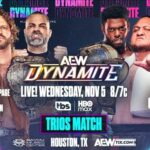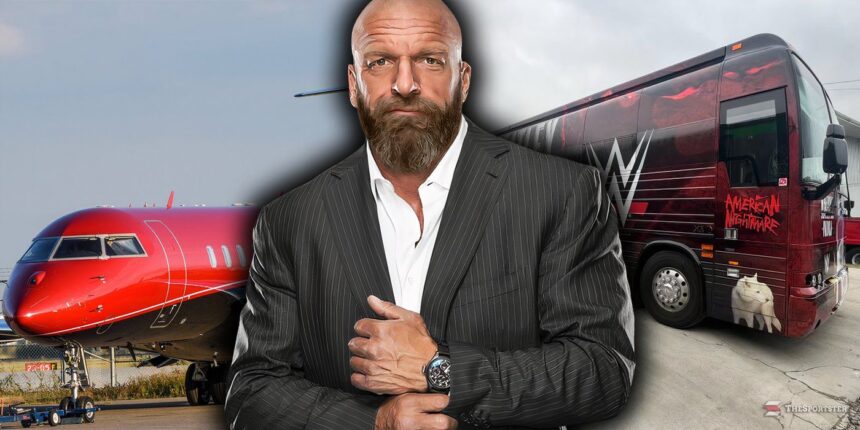WWE operates quite differently from traditional sports and entertainment industries. Much like a circus, it involves constant travel with a large number of staff and has no defined off-season. Wrestlers can sometimes be required to perform on significant holidays, such as Christmas Day in Chicago.
While life as a WWE Superstar might appear glamorous from the outside, it is extremely demanding. When a show like Raw finishes, many fans turn off the TV and go to bed, but for WWE Superstars, the day continues with travel to the next location, often resulting in very late nights. This challenging lifestyle has caused numerous former wrestlers to leave the profession.
Over the years, WWE’s grueling travel schedule was central to its success as a national and then global wrestling promotion, with frequent live house shows as a core business strategy. However, since TKO’s acquisition of WWE and Vince McMahon’s removal from power, there have been notable changes, including a reduction in house show events, replaced by fewer but higher-priced live shows. While some fans dislike this shift, arguing it caters to wealthier audiences and limits family-friendly accessibility, the change benefits wrestlers by reducing time on the road, which aids recovery and time with loved ones, though it could limit experience for younger talent.
Romantic relationships among wrestlers are now common, contrasting with past attitudes that kept personal and professional lives separate. Some couples enjoy traveling together, while others prefer to maintain personal space on the road. WWE’s reality series like Total Divas have showcased some of these dynamics.
Traveling together has also sparked creative collaborations among wrestlers, stemming from long hours spent on the road. Groups like the Kliq historically ‘booked territory’ during travel, influencing major wrestling promotions’ creative directions. Personal quirks and innovations have even emerged from this lifestyle, such as Mick Foley crediting Diamond Dallas Page’s curtain-hanging habit for inspiring his use of thumbtacks in matches.
Since Triple H took over as Chief Content Officer, life on the road and WWE’s creative environment have improved significantly. Wrestlers have welcomed the new direction, with more respect for their ideas and less last-minute booking changes. Even during holidays like Christmas, WWE has adjusted to give wrestlers more downtime, reflecting a more considerate leadership approach.
Main eventers have traditionally faced the toughest travel schedules. Hulk Hogan recounted challenges from the 1980s, such as arriving at hotels after room service closed. Today, advancements in technology and changes in culture have made this aspect of wrestling life somewhat easier.
Though bringing family on the road can help cope with time apart, it doesn’t always work well, as seen in stories from wrestling veterans like Bret Hart. Wrestlers often spend extensive periods away from loved ones, which remains a significant challenge.
Some wrestlers have eased travel hardships by using personal buses, giving them more space and rest while someone else drives. Notable talents like Cody Rhodes, CM Punk, Randy Orton, and The Big Show have benefited from this setup, which helps manage the physical toll of constant travel.
Historically, holidays meant big business for wrestling, with WWE often taping or performing live events around Christmas. Despite hosting festive parties and covering hotel costs during holiday shows, wrestlers still face the challenge of being away from their families during important times.
Wrestlers are responsible for renting their own cars and managing ground transportation, as WWE treats them as independent contractors. This setup encourages camaraderie as many wrestlers share rides, though it also means they must handle logistics themselves.
Similarly, wrestlers arrange their own hotels, food, and fitness routines, often making sacrifices like sharing rooms or choosing cheaper accommodations to save money. Maintaining peak physical condition on the road is tough and entirely up to the wrestlers to manage.
Fan Take: This insight into WWE’s grueling travel and lifestyle demands highlights the immense dedication and sacrifice behind the spectacle fans see on-screen. Understanding these challenges deepens appreciation for wrestlers’ resilience and may encourage the company to continue improving conditions to ensure the health and longevity of its talent, ultimately benefiting the sport and its fans.













